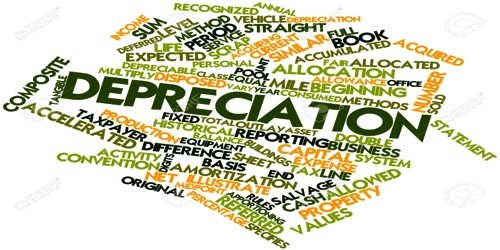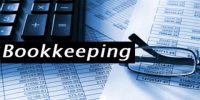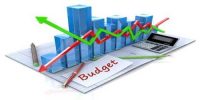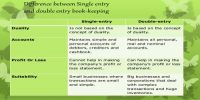Depreciation is a decrease in the price of an asset with the course of time, due in particular to wear and tear. All assets whose advantage is derived for a long period of time, generally more than one year period are called as Fixed Assets.
Factors that determining the Amount of Depreciation
Original cost of the asset: It implies the cost incurred on its acquisition, installation, commissioning and for additions or improvements thereof which are of capital nature. The cost of asset include the purchase price, less any trade discount plus all the costs essential to bring the asset to a usable condition
Estimated life: It implies the period over which an asset is expected to be used. Useful life refers to the window of time that a company plans to use an asset. Useful life can be expressed in years, months, working hours, or units produced. Therefore, the useful life of an asset is generally to be taken in terms of asset’s expected use. This estimated useful life of asset determines the rate or the amount of depreciation.
Residual value: It implies the value expected to be realized on its sale on the expiry of its useful life. This is otherwise known as scrap value or turn-in value. It is the amount of money the company expects to recover, less disposal costs, on the date the asset is scrapped, sold, or traded in. Depreciation should be determined after deducting the estimated scrap value from the cost of asset.














